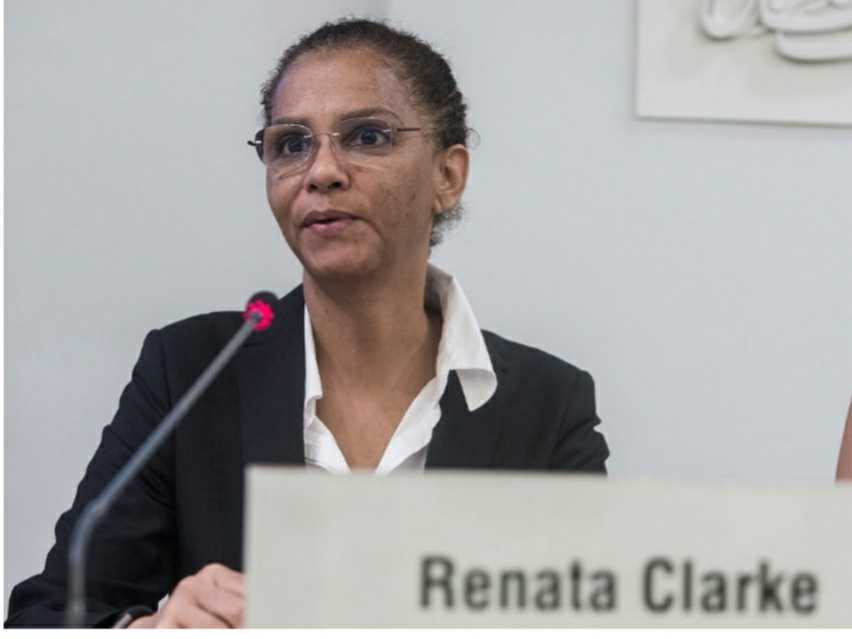
The Office of Disaster Management (ODM) joins the rest of the disaster management arena in observing The International Day for Disaster Risk Reduction.
The United Nations designated 13 October as International Day for Disaster Risk Reduction (IDDRR) to promote a global culture of disaster risk reduction. It provides an opportunity to acknowledge the progress being made towards reducing disaster risk and losses in lives, livelihoods and health in line with the Sendai Framework for Disaster Risk Reduction 2015-2030.
The Sendai Framework has seven strategic targets and for 2020 the focus is on Target E: “Substantially increase the number of countries with national and local disaster risk reduction strategies by 2020”.
This year’s theme focuses on Disaster Risk Governance and about driving home the message that many disasters can be avoided or prevented if there are disaster risk reduction strategies in place to manage and reduce existing levels of risk and to avoid the creation of new risks.
The Commonwealth of Dominica recognizes the importance of good governance in Disaster Risk Reduction (DRR) and continues to work assiduously on having strategies and plans in place to manage risks. This became even more pressing following the impact by Major Hurricane Maria in 2017 and adding to that pandemics with COVID-19 now forcing policy makers and planners to rethink normal operations.
As indicated by the United Nations “Good national and local strategies for disaster risk reduction must be multi-sectoral, linking policies in areas such as land use, building codes, public health, education, agriculture, environmental protection, energy, water resources, poverty reduction and climate change adaptation”. In this regard, Dominica has taken decisive steps to have strategies and plans in place to focus on response and recovery activities for the country as well as to guide overall development on a resilient framework.
In June 2018, The National Resilience Development Strategy (NRDS) – Dominica 2030, was developed and is linked to the Sustainable Development Goals 2030. This strategy was a direct response to charting the way forward following Hurricane Maria’s devastation of the country. By the end of 2018, the Climate Resilience Act established the Climate Resilient Execution Agency of Dominica (CREAD). To operationalize the NRDS, CREAD developed the Dominica Climate Resilience Recovery Plan (CRRP). All these are efforts toward strengthening strategies and plans to reduce the impact of disasters on the country, even as Dominica seeks to become the first climate resilience country in the world.
Of note, the ODM is finalizing a new installment of the five-year County Work Programme (CWP) which will guide disaster management activities at the Division with the support of key stakeholders. The National Disaster Plan, which is currently under review, continues to provide valuable guidance on disaster preparedness and response on island. The ODM, at every opportunity, encourages the development of sector and community disaster plans which are critical in managing the risk that they face.
One of the key messages for IDDRR is that “If disaster risk reduction is included explicitly in national development plans and climate adaptation plans and budgets, all parts of government within and across sectors are then able to programme risk reduction actions and investments” (UN).
The ODM, as part of the activities for observing IDDRR, will be honouring volunteer trainers in this year’s batch of trainings in Emergency Shelter Management, Emergency Radio Communication and Warehouse and Supplies Distribution. This is a small way of showing appreciation while encouraging the spirit of “Koudmen” or lending a helping hand. Volunteers are at the heart of disaster management across all phases of mitigation, preparedness, response and recovery. It is well known that volunteers within communities are usually the first line of response. Additionally, the first issue of ODM’s quarterly Newsletter will be published today, providing another means to keep the public informed on disaster related activities.










